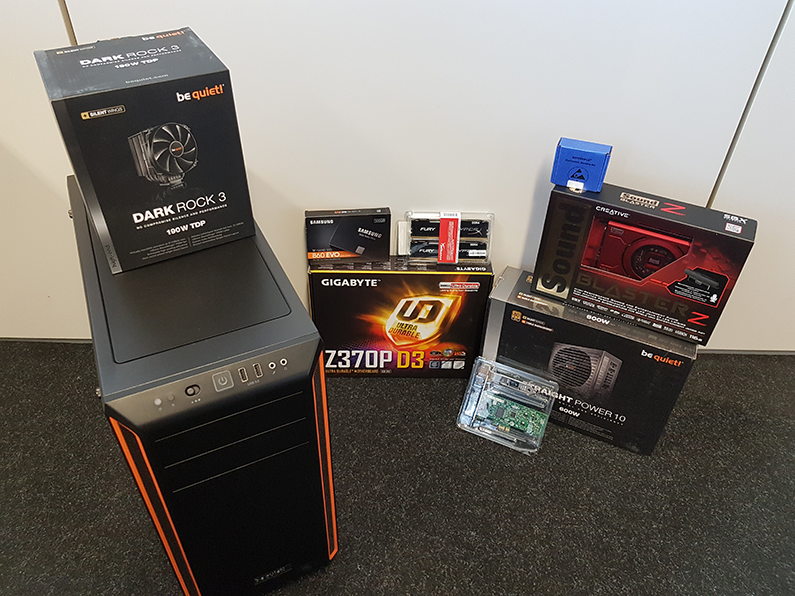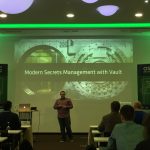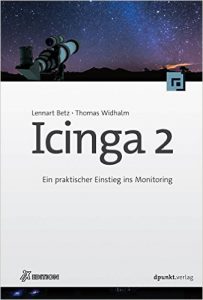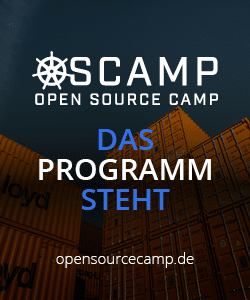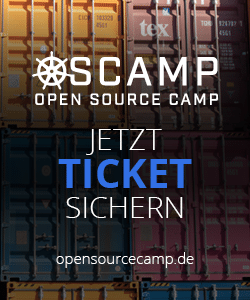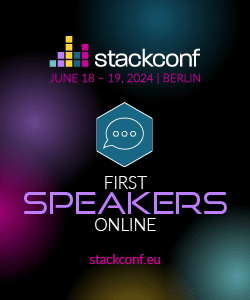Willkommen beim NETWAYS GitHub Update, der monatliche Überblick über unsere neuesten Releases.
Trotz Sommer- und Urlaubszeit waren wir auch im August 2023 fleißig. Besonders spannend sind für viele sicher die Checks für Gitlab und Prometheus.
Aber auch weitere Check-Plugins, etwa für Mumble oder VMWare haben Updates spendiert bekommen.
Wenn du in Zukunft Updates direkt zu Release erhalten willst, folge uns einfach auf GitHub: https://github.com/NETWAYS/
check-hwgroup v1.2.0
Changelog
- Großer Refactor für zukünftige Wartbarkeit
- Bugfix: Kleine Schreibfehler in CLI Parameter gefixt
https://github.com/NETWAYS/check_hwgroup/releases/tag/v1.2.0
check-mumble-ping v1.0.0
Changelog
- Hinzugefügt: Formatierte Ausgabe für Icingaweb2
- Hinzugefügt: Viele neue Unittests!
- Robustere Fehlerbehandlung
https://github.com/NETWAYS/check_mumble_ping/releases/tag/v1.0.0
check-gitlab-version v0.1.0
Changelog
- Großer Refactor für zukünftige Wartbarkeit
- Hinzugefügt: Option die Upstream GitLab URL anzupassen
https://github.com/NETWAYS/check_gitlab_version/releases/tag/v0.1.0
check-brevisone v3.0.0
Changelog
- Großer Refactor für zukünftige Wartbarkeit
- Robustere Fehlerbehandlung und Statusausgabe
https://github.com/NETWAYS/check_brevisone/releases/tag/v3.0.0
check-vmware-nsxt v0.2.0
Changelog
- Hilfetexte verbessert
- Hinzugefügt: Performance Data Ausgabe erweitert
- Hinzugefügt: Option um Alarme zu deaktivieren
- Hinzugefügt: Viele neue Unittests!
https://github.com/NETWAYS/check_vmware_nsxt/releases/tag/v0.2.0
check-prometheus v0.1.1
Changelog
- Bugfix: Funktioniert nun auch mit älteren Prometheus Versionen
- Bugfix: Unterstützt nun Proxy Konfiguration via Umgebungsvariablen
https://github.com/NETWAYS/check_prometheus/releases/tag/v0.1.1


